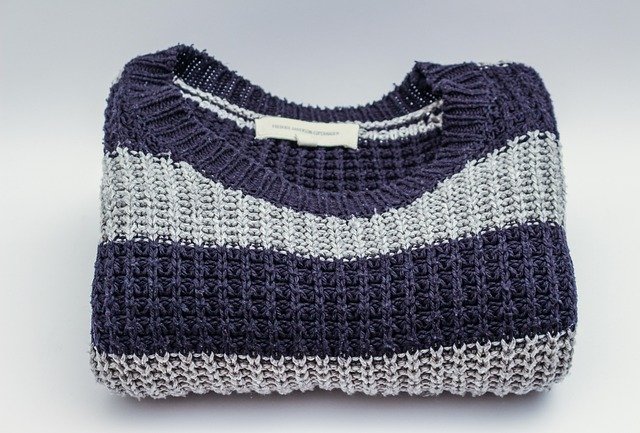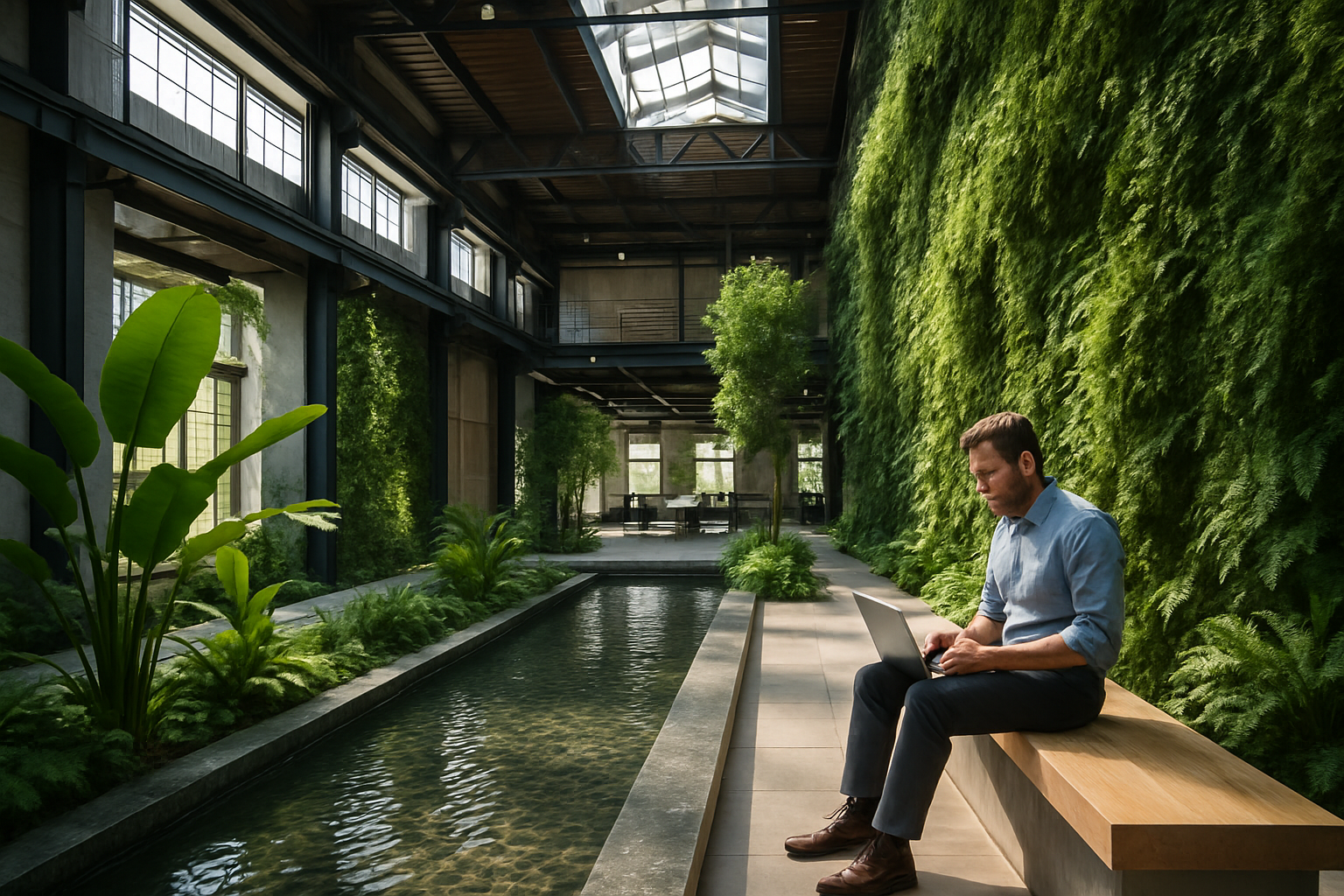The Sartorial Symphony: Orchestrating Fashion with Textures
In the ever-evolving world of fashion, a new trend is taking center stage, captivating style enthusiasts and designers alike. Texture mixing, the art of combining different fabric feels within a single outfit, is transforming the way we approach personal style. This innovative approach to dressing goes beyond color coordination, inviting fashion lovers to engage their sense of touch and create visually striking ensembles.

The Fabric of Fashion History
Texture has always played a crucial role in the fashion industry, but its importance has ebbed and flowed throughout the decades. In the 1920s, the contrast between sleek flapper dresses and ornate beaded embellishments showcased an early appreciation for texture play. The 1950s saw a resurgence of interest in fabric manipulation, with designers like Christian Dior using intricate pleating and ruching to create voluminous silhouettes.
As fashion evolved, so did the approach to texture. The 1970s embraced natural fibers and earthy textures, while the 1980s reveled in the juxtaposition of shiny lamé and matte cotton. Today’s texture mixing trend builds upon this rich history, combining elements from various eras to create a thoroughly modern aesthetic.
The Psychology of Touch in Fashion
The appeal of texture mixing goes beyond mere aesthetics. Research in fashion psychology suggests that the tactile qualities of our clothing can significantly impact our mood and behavior. Soft, comforting textures can promote relaxation, while rougher fabrics might invoke feelings of strength and resilience. By consciously selecting and combining textures, wearers can craft outfits that not only look good but also feel emotionally resonant.
Moreover, the act of mixing textures allows for greater self-expression. Each combination of fabrics tells a unique story, reflecting the wearer’s personality and mood. This personalized approach to fashion fosters a deeper connection between individuals and their wardrobes, encouraging mindful consumption and a more sustainable relationship with clothing.
Mastering the Art of Texture Play
Successfully mixing textures requires a keen eye and a willingness to experiment. The key lies in creating balance within an outfit. Pairing a chunky knit sweater with smooth leather pants, for instance, provides a pleasing contrast without overwhelming the senses. Similarly, layering a silky camisole under a nubby tweed blazer adds depth to a look while maintaining harmony.
Color also plays a crucial role in texture mixing. Opting for a monochromatic palette allows the textural differences to take center stage, creating a sophisticated and cohesive ensemble. Alternatively, introducing pops of color through textured accessories can add vibrancy to an otherwise neutral outfit.
Texture Mixing Across Seasons
One of the most exciting aspects of texture mixing is its versatility across seasons. In colder months, layering different textures not only provides warmth but also creates visually interesting outfits. A cashmere sweater paired with a wool coat and leather boots offers a rich tapestry of textures that is both functional and fashionable.
Summer textures require a lighter touch but are no less impactful. Combining airy linen with crisp cotton, or juxtaposing smooth silk against textured eyelet lace, can create cool, breathable outfits that still engage the senses. The key is to focus on lightweight fabrics that provide textural interest without adding bulk.
The Future of Fabric Innovation
As technology advances, so do the possibilities for texture in fashion. Innovative fabrics with unique tactile properties are constantly being developed, opening up new avenues for texture mixing. From temperature-regulating materials to fabrics that change texture in response to environmental factors, the future of fashion promises even more exciting opportunities for sensory exploration.
These technological advancements are not only expanding the creative possibilities for designers but also addressing sustainability concerns within the industry. Many new textiles are being developed with eco-friendly practices in mind, allowing fashion enthusiasts to indulge in texture play while minimizing their environmental impact.
Texture Mixing Tips for Fashion Enthusiasts
• Start small: Begin by introducing one contrasting texture to your outfit and gradually build from there.
• Consider scale: Mix large-scale textures (like chunky knits) with smaller, more delicate ones for balance.
• Play with sheen: Combine matte and glossy textures for an interesting visual effect.
• Don’t forget accessories: Use textured bags, shoes, and jewelry to add subtle contrasts to your look.
• Explore unexpected combinations: Try pairing traditionally formal fabrics with casual ones for a modern twist.
• Use texture to flatter your figure: Strategic placement of different textures can accentuate or minimize certain areas.
• Think beyond clothing: Incorporate texture into your beauty routine with textured nail art or hair accessories.
As we continue to explore the vast possibilities of texture mixing in fashion, it’s clear that this trend is more than just a passing fad. It represents a shift towards a more thoughtful, sensory-rich approach to dressing. By embracing the interplay of different fabrics and finishes, we open ourselves up to a world of creative expression through clothing. The sartorial symphony of textures invites us to not just see our outfits, but to feel them, creating a more immersive and personal fashion experience.





